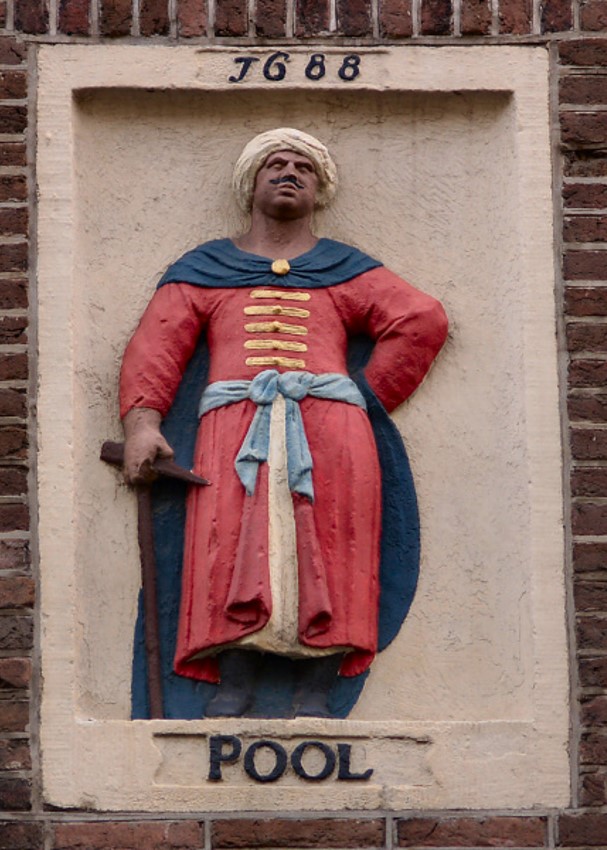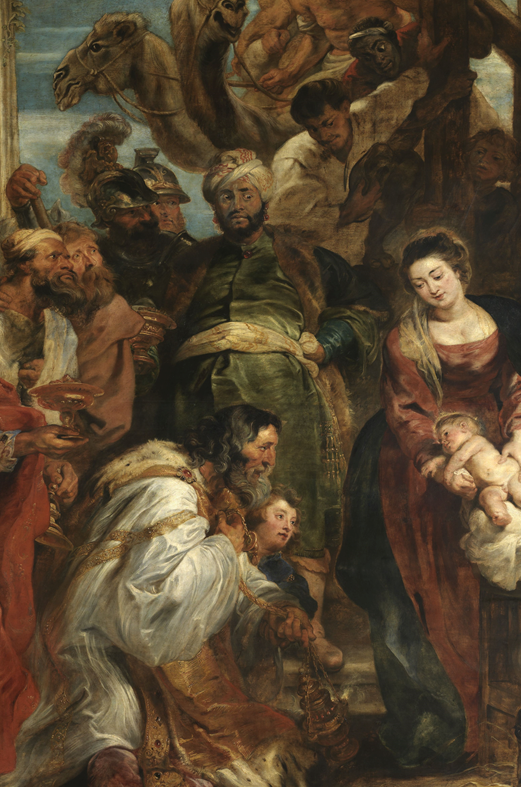 This time of year, many of us have a nativity scene in our homes. They commonly include the Three Kings, also known as Wise Men or Magi, who came to honour Christ after his birth. These Kings are often dressed in long oriental robes and turbans. What is less commonly known, is that such a look in the previous centuries was sometimes associated with Polish dress. This can be exemplified by a gable stone showing a ‘Pool’, which is dated 1688, and which adorns a building on the Kerkstraat 322 in Amsterdam.
This time of year, many of us have a nativity scene in our homes. They commonly include the Three Kings, also known as Wise Men or Magi, who came to honour Christ after his birth. These Kings are often dressed in long oriental robes and turbans. What is less commonly known, is that such a look in the previous centuries was sometimes associated with Polish dress. This can be exemplified by a gable stone showing a ‘Pool’, which is dated 1688, and which adorns a building on the Kerkstraat 322 in Amsterdam.
During the sixteenth century, Polish male fashion became increasingly influenced by Persian and Ottoman examples, leading Polish noblemen to wear colourful leather boots with heels, a kontusz (a coat or outer kaftan), a ferezja or delia (different types of cloaks), worn over a long-sleeved żupan (a tunic), and a kołpak (a hat often embellished with fur and feathers). Dutch artists and artisans subsequently produced multiple images of ‘typical’ Polish nobles, for example in books, on maps, and… on gable stones. To Dutch eyes, however, Polish dress differed very little – if at all – from other Eastern fashion: Polish figures were also used to represent Hungarians, for example. Similarly, Polish figures were sometimes indistinguishable from Ottomans.

Interestingly, the French diplomat Charles Ogier, who visited Poland in the 1630s, likewise associated Polish fashion with the Three Kings. Describing a host of Polish nobles, he compared them to “the Eastern Magi, who came to honour the Infant Jesus with a large measure of display.”
*I originally wrote this post for the social media outlets of the Dutch Embassy in Poland. This was post no. 24.